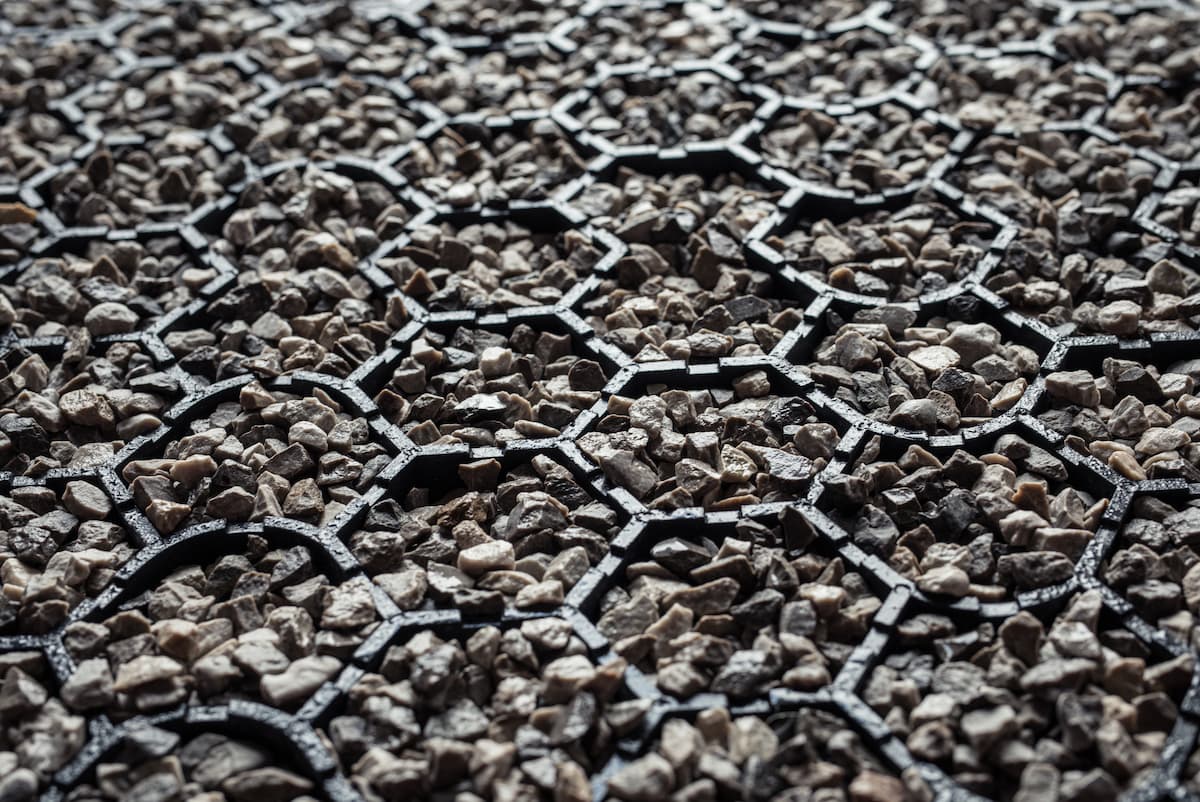Golf courses: the green is ecological
Not all that glitters is green: golf courses can be harmful to the environment but there are solutions to make them more sustainable. Here are some.
The image of wide, bright green lawns and soothing landscapes commonly associated with golf courses, often hides a very different reality and very little ecological. One of the main negative impacts of golf courses concerns excessive use of natural resources, especially water. L'intensive irrigation required to keep the lawn impeccable can in fact contribute to water scarcity in areas already subjected to water stress.
Even the abuse of chemical products, such as pesticides and fertilizers, represents a further problem. These chemicals, used to keep lawns lush, can pollute groundwater and surface water, causing damage to aquatic ecosystems and putting human health at risk. Furthermore, the conversion of natural areas into golf courses can lead to habitat loss for wildlife, contributing to the decrease in biodiversity.
To mitigate the negative impacts of golf courses on the environment, it is important to adopt practices sustainable design and management. Fortunately, the sector is already working to become greener and reduce its environmental impact. That's how.

Ecological choices for golf courses
The sustainable management of golf courses involves a series of practices which aim to minimize their negative impact on the environment. Let's see some of them:
- Project development and construction: Avoiding the conversion of ecologically important natural habitats can avoid negative impacts on biodiversity, as well as reducing soil erosion during construction through the use of design techniques that minimize the need to modify the natural landscape.
- Water usage: an optimal solution is to use advanced irrigation systems that measure soil humidity and adjust the water supply based on the actual needs of the plants. Also collect and treat rainwater or waste for irrigation, reducing dependence on external water resources, plays a fundamental role
- Protection of biodiversity: why not maintain unplayed areas or buffer zones rich in native vegetation that can serve as habitat for wildlife? And also planning ecological corridors, that is, connecting the surrounding green areas to facilitate the movement of fauna and promote biodiversity.
- Choice of flooring: The choice of materials for roads and driveways on a golf course is an important aspect of sustainable management. THE materials selected can influence the overall environmental impact of the golf course, including resource use, pollution and environmental degradation. Choose materials local, recyclable, permeable and which require minimal maintenance, it is a winning choice for the environment and the community. An example? Solutions like the line Nature Stabil Road, a line in stabilized land totally permeable, which promotes natural drainage and reduces the risk of soil erosion are optimal. Even the line Garden Grid represents an ideal choice: one lawn protection grill ecological that allows the creation of draining grass or decorative aggregate floors. This solution is suitable for both pedestrian, cycle and vehicular use, offering an ecological alternative to traditional asphalt paving. The use of natural, permeable materials helps maintain water balance and promote the infiltration of rainwater into the soil, contributing to the health of surrounding ecosystems.
The golf course industry is undertaking a sustainable transformation, trying to balance the passion for the game with environmental conservation. Through correct management practices and the adoption of ecological floorings such as those of Terra Solida, the fascinating world of golf can demonstrate that it cares about the health of the planet and people. Solutions that not only improve the environmental impact of golf courses, but can also inspire other industries to consider eco-sustainability as an integral part of its activities.
